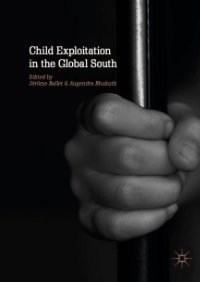By The Independent Inquiry into Child Sexual Abuse
This report considers some of the accounts of victims and survivors taking part in the Truth Project, one of three strands of the Independent Inquiry into Child Sexual Abuse to investigate whether public bodies and other non-state institutions have taken their responsibility to protect children from sexual abuse in England and Wales seriously. It looks at participants’ experiences of child sexual abuse, as well as its short and longer-term impacts including on socio-economic outcomes and intimate relationships. The report also draws together statistical data from 249 Truth Project sessions that took place between June 2016 and June 2017, to provide a profile of participants attending, including their ethnicity, age, and disability status. Sections cover: participants’ experiences of child sexual abuse, Perpetrators and institutions; Disclosure, identification of child sexual abuse; Impacts of child sexual abuse and coping strategies; and experiences of statutory and voluntary support services such as counselling, psychological therapies and formalised peer support services. It also presents participant proposals for preventing and responding to child sexual abuse. These included the need to support children in making a disclosure and to provide children in care with support and stability in care placements
London: Independent Inquiry into Child Sexual Abuse, 2017. 154p.





















